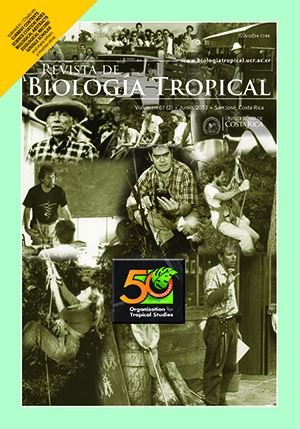Abstract
C. sapidus fisheries has a significant influence on the economy of some countries in North America and has a relative extensive literature in these regions. However, only few papers discuss the ecology of C. sapidus in the South Atlantic, despite its economic importance in that region. We studied the fecundity, reproductive seasonality and maturation size of C. sapidus females captured in the Southeast coast of Brazil from January to December 2002. Females were separated, weighted (Wt), and cephalothorax width (CW) was measured. Furthermore, the eggs-masses were classified according to embryonic development, separated, weighted (We) and fixed. Eggs were also separated and counted, resulting in the average number of eggs per individual (Ne). A total sample of 307 females was collected: 78 young, 130 adults and 99 ovigerous. Ovigerous females showed CW between 7.49 and 15.89cm with average of 12.21cm and were distributed throughout the sample period, with highest incidence between December and March. The onset of morphological maturity (L50) occurred at CW=10.33cm, and the size in which all were mature (L100) was CW=11.20cm. Individual fecundity ranged from 689 356 to 3 438 122 with an average of 2 006 974. The CW showed a positive growth trend with Ne and We. We concluded that in order to ensure the resource sustainability, it is necessary to prohibit captures of C. sapidus in these regions, especially during summer. Additionally, our studies suggest that the minimum capture size should be 11cm of carapace width.##plugins.facebook.comentarios##
Downloads
Download data is not yet available.


